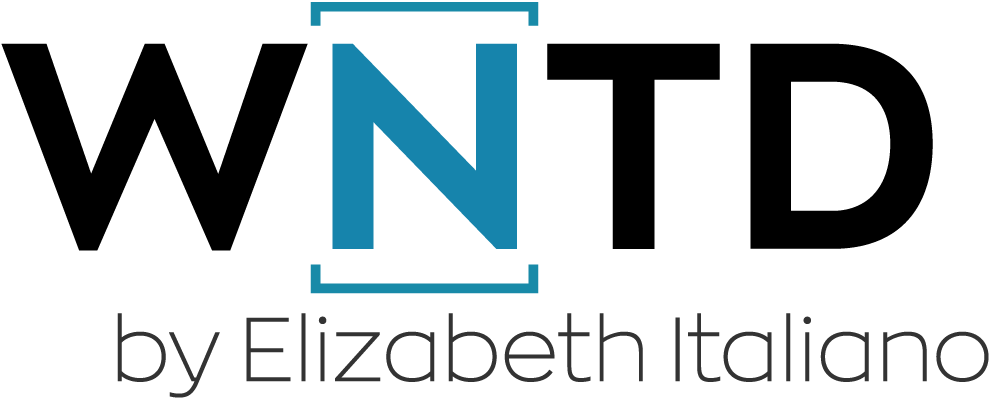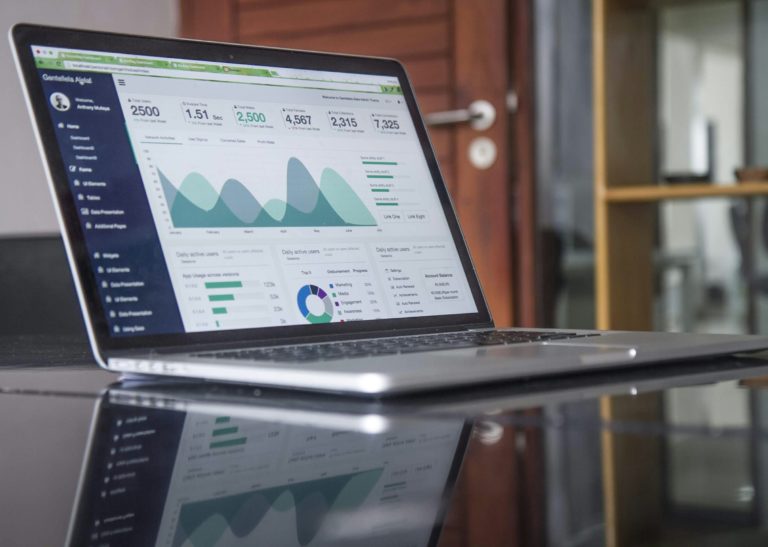Forecasting and Pipeline Inspection: A Panel Discussion
Every sales and customer success (CS) leader understands that effective sales forecasting and pipeline inspection are crucial for driving revenue growth, yet these areas often prove to be elusive and challenging to master. To delve into the challenges and best practices in these areas, I sat down with my colleagues, Indu and Tijana, to discuss the topic from various perspectives within the revenue organization.
Indu Sudhakar brings over 13 years of experience in sales, and her hands-on expertise with sales tactics and enablement offers valuable insights from the reps’ viewpoint. Tijana Rackov, with over 12 years in revenue operations and enablement, provides a unique perspective on balancing processes from an operational standpoint. Finally, I (Elizabeth Italiano) share my insights from a sales and CS leadership perspective, addressing the complexities of this topic.
In this article, we all contribute our distinct viewpoints on the significance of sales forecasting and pipeline inspection, emphasizing the importance of forecasting accuracy and risk segmentation.
Elizabeth: Indu and Tijana, thank you for joining this panel discussion on sales forecasting and pipeline inspection. Let’s start with you, Indu. As a sales leader who has also spent time coaching sales reps, what would you say are the biggest challenges reps face with forecasting and managing the pipeline?
Indu: One of the biggest challenges I see reps encounter is the variability in client responses. Sales cycles can be unpredictable, and potential customers often delay their decisions. This uncertainty makes it difficult to provide accurate forecasts. Additionally, when reps are focused on closing deals, they sometimes lose track of the overall health of their pipeline, which can lead to missed opportunities or last-minute scrambles. Ensuring forecasting accuracy in this environment is particularly challenging but crucial for maintaining credibility with leadership.
Elizabeth: That’s a great point, Indu. From a leadership perspective, I know leaders face the challenge of ensuring that forecasts are aligned with the reality of what’s happening in the field. Sometimes, I find that reps may be overly optimistic about their deals, leading to inflated forecasts. This affects a leader’s ability to achieve forecasting accuracy, making it difficult for them to plan resources and set realistic targets. To address this, when I work with revenue teams, I emphasize the importance of open communication and regular check-ins to understand where deals truly stand.
Tijana: As someone in Sales Operations, I see the implications of these challenges on a broader scale. One of the major difficulties companies face is data consistency. Organizations typically have multiple sources of data, and when sales reps don’t input their information accurately or in a timely manner, it impacts the integrity of sales forecasts. This inconsistency is detrimental to forecasting accuracy. I always advocate for implementing standardized processes and using CRM tools effectively to ensure there is a single source of truth, which ultimately supports more accurate forecasts. This is also where integrating revenue intelligence tools like Gong can help. It gives leaders additional visibility into deals that they might not get from reps, due to “happy ears” or simply because CRMs aren’t updated. It doesn’t completely solve the problem but integrating tools does help.
Risk Segmentation
Elizabeth: That brings us to an important concept: risk segmentation. Tijana, can you elaborate on how risk segmentation plays a role in effective forecasting?
Tijana: Certainly! Risk segmentation involves categorizing active opportunities into defined risk categories and scoring each deal based on its associated risk factors. By ranking opportunities, we can focus our efforts on the right risk groups and address specific identified risks. For example, we define thresholds for low, medium, and high risk based on metrics like deal age, last activity, and engagement levels. This structured approach allows us to optimize our forecasting by understanding which deals are likely to close and which require more attention.
Elizabeth: Indu, how do you see risk segmentation impacting a rep’s day-to-day operations?
Indu: It’s incredibly beneficial! When we segment risk, reps can prioritize their time on deals that need immediate attention and align their strategies accordingly. For instance, if we see that a deal has been stagnant for over 21 days without any activity this is a big red flag that the deal isn’t real, especially if this occurs in the later stages. If a rep notices that a prospect with an upcoming close date hasn’t responded in about seven days, it’s a clear sign they need to take proactive steps to re-engage the prospect. The rep should create a plan to follow up and identify the root cause of this lack of communication, or “ghosting.”. This targeted approach not only helps maintain a healthy pipeline but also enhances overall forecasting accuracy.
Elizabeth: I completely agree with both of you. From a leadership perspective, implementing risk segmentation provides valuable insights into pipeline health. It enables leaders to forecast more accurately by identifying which deals are truly “commit” worthy versus those that should be categorized as “pipeline” or “best case.” This clarity allows leaders to allocate resources more effectively and guide their teams in focusing on high-potential opportunities.
Buyer Enablement and the Customer Journey
Elizabeth: Another critical aspect to consider is buyer enablement and the overall customer journey. Tijana, how does this factor into sales forecasting and pipeline inspection?
Tijana: The buyer journey is often nonlinear and can greatly influence the forecast. According to research, 66% of buyers don’t find sellers helpful, and 73% say most sales interactions feel transactional. This highlights the need to transition from a transactional mindset to a consultative one. By understanding where buyers are in their journey, companies can align sales efforts more effectively and meet buyers where they are. This approach also aids in enhancing forecasting accuracy, as companies can better anticipate buyer needs and adjust their strategies accordingly.
Elizabeth: Exactly. It’s essential for sales teams to recognize that buyers are often further along in their journey than they assume. Oftentimes, buyers may have already conducted significant research and shortlisted vendors before companies even engage with them. This means that discovery calls may not necessarily be their first interaction with the company. Understanding this allows companies to approach sales more collaboratively, focusing on the specific actions that need to be taken to move the deal forward. We need to identify where buyers are in their journey and meet them where they are as opposed to force them into our outdated linear sales process.
Indu: I find that this shift in mindset is crucial during the discovery phase. In my experience, when reps approach potential clients, they need to consider their unique situations and the internal dynamics at play. If reps ignore the fact that buyers may have already eliminated some options or need to involve additional stakeholders, they risk losing the opportunity. This awareness should also guide reps’ approaches to crafting personalized messaging that resonates with each stakeholder, ensuring they address specific concerns and triggers for action.
Best Practices for Sales Forecasting and Pipeline Inspection
Elizabeth: Let’s talk about best practices. Indu, what strategies do you find effective in helping reps manage their pipeline and provide accurate forecasts?
Indu: I’ve found that regular pipeline reviews with the entire team can be incredibly helpful. By collaborating with their colleagues, reps can gain insights into their deals from peers who are in their shoes as well. I would also recommend using the CRM and revenue intelligence tools to track leads meticulously. I know CRMs are often perceived as a make-work project by reps, but this tactic allows them to keep a closer eye on where each opportunity stands and prioritize their efforts accordingly. Ultimately, it’s about being proactive and not waiting until the end of the quarter to assess one’s pipeline, which helps improve forecasting accuracy.
Indu’s Best Practice Tip: Hold weekly or bi-weekly pipeline review meetings to discuss deal statuses, challenges, and strategies. Try to take a back seat to any deal dissection so peers can have open dialogue to facilitate collaboration and problem-solving.
Elizabeth: I completely agree, Indu. I always encourage leaders to facilitate collaborative forecasting sessions with their teams. By bringing together different perspectives, they can better assess the health of their pipeline and improve their forecasting accuracy. It’s also an effective way to filter our “happy ears” and overly optimistic forecasts when there is a group discussion. I also encourage prioritizing training sessions that focus on effective forecasting techniques. This not only enhances the skills of the reps but also instills a culture of accountability and transparency. It is important to continuously remind revenue teams that accurate forecasting is essential for the entire organization, not just for individual performance.
Elizabeth’s Best Practice Tip: Implement regular training and coaching programs on forecasting methodologies and tools. Use real-world examples to demonstrate how accurate forecasting benefits the entire organization.
Tijana: From an operations standpoint, I emphasize the importance of leveraging technology for pipeline inspection. Ideally, companies should utilize analytics tools that provide real-time insights into the pipeline’s health, such as win rates and deal velocity. This data helps identify potential bottlenecks early on, which is crucial for maintaining forecasting accuracy. Additionally, I advocate for automating routine tasks to allow sales reps to focus more on engaging with customers and less on administrative work. The more streamlined the processes, the better the forecasting will be.
Tijana’s Best Practice Tip: Utilize CRM and revenue intelligence software with robust analytics capabilities to track pipeline metrics. Regularly review these metrics to identify trends and adjust strategies accordingly.
Elizabeth: Those are excellent strategies! To wrap up, let’s discuss how you see the future of sales forecasting and pipeline inspection evolving. Indu, what do you think?
Indu: I believe that as AI continues to advance, we’ll see even more sophisticated tools that can provide predictive analytics. This will help us understand not just where our pipeline stands but also where it’s headed, enhancing forecasting accuracy. I’m excited about the potential for AI to assist in making better decisions.
Elizabeth: Absolutely, Indu. I also foresee that fostering a culture of data-driven decision-making will be crucial. Sales teams will need to adapt to using insights from data analytics to refine their approaches. This will not only enhance forecasting accuracy but also strengthen relationships with clients.
Tijana: I agree. The integration of AI and machine learning into our CRM systems and other revenue tech tools will revolutionize how we analyze our sales data. I envision a future where we can predict customer behavior with greater accuracy, enabling us to take proactive measures with sales strategies. It’s all about leveraging data to empower sales teams to succeed, which ultimately improves overall forecasting accuracy.
Elizabeth: Thank you, Indu and Tijana, for your valuable insights on sales forecasting and pipeline inspection. By understanding the challenges and implementing best practices from each perspective, organizations can enhance their sales processes and drive better results.
Final Best Practice Tip: Create a feedback loop where insights from pipeline inspections inform forecasting, and vice versa. This iterative process will lead to continuous improvement in both areas, ensuring alignment between sales strategies and marketing.
For more on pipeline, forecasting, and other revenue topics, you may enjoy our Quest to Quota Attainment Course. It is broken up into short modules, making it easy to learn and practice new skills in short but effective time blocks each day. And finally, if you need hands-on support for your revenue-generation efforts, check out the services we offer.




